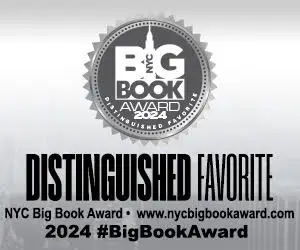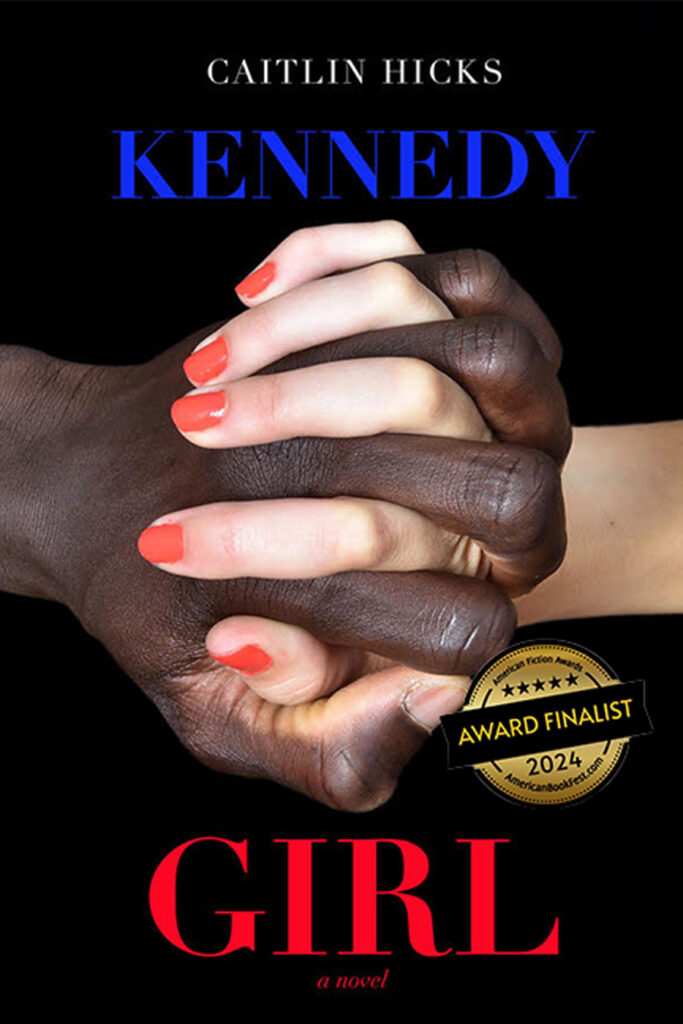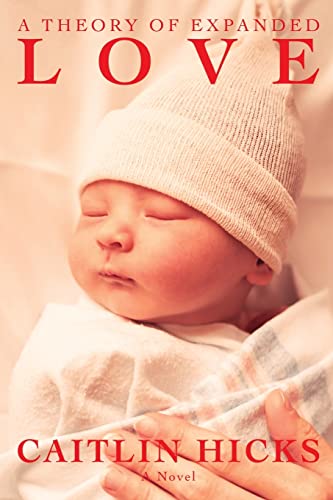You like this character, she’s under your skin; you want to go on this journey with her. And then she says, “I’ve decided to die.” It’s only page 27.
Beautiful, emotional, and tearing at your moorings, this is a story for the ages, a meditation on what connects us throughout our evolutionary history. Without sentimentality, Charlotte McConaghy takes the reader on a searing emotional roller coaster right to the edge of the abyss, and then she pushes; we gasp and claw to right ourselves.
A wild woman who soars only when surrounded by water or skies, who will leap without hesitation into freezing water to rescue others, Franny Stone is a woman you’d perhaps consider brave and ferocious until you realize that she has lost everything—and so has nothing left to lose. She lives in a soon-to-be world we all recognize, where we are “unable to stop the maddening inevitable doom we have built.” And with this, Charlote McConaghy yanks us into her novel’s orbit.
The recognition is so instant, and rings so true, we begin to feel we may have been shaken from the dream that living on earth used to be. The birds have all disappeared; the fish decimated; many species of animals extinct. We, too, have lost everything and begin to feel the claustrophobia Fanny feels, trapped by a teeming world devoid of meaning, without the sound of a feather moving on an updraft through the air.
With characters from central casting, fishermen who still haul their living out of the deep because they have been doing it for generations, Migrations follows Fanny Stone on a vessel named Saghani (Inuit for Raven), chasing a dwindling group of Arctic terns on their last migration. In return for her passage, she has promised the ship’s captain, Ennis, that she will lead them to fish if they follow these terns.
With alternating chapters, Fanny’s past life is revealed along with her reasons for her desperate existential exploration. Abandoned as a child. Sleep walker. Loves fiercely. Takes to children. Liar. Murderer. Attempted suicide with her toothbrush. Married, and yet, belongs nowhere. Fanny’s inability to stay in one place, to be captured and kept runs like a lightning bolt throughout this novel. With every salvaged animal in captivity, even if caged to be saved and sheltered, we feel the panic and breathlessness of confinement. A female gray wolf (thought to be extinct) is captured, and Fanny says “I can’t help but think no animal, ever, should live in a cage. It’s only humans who deserve that fate.”
The book is saturated with the realities we now predict, chilling events within our grasp in 2020: “the extinction crisis an acceptable trade for greed,” the earth’s species “violently and indiscriminately slaughtered by our indifference.” Fanny visits Yellowstone Park devoid of deer, bears, wolves.
And yet. . . the electronically tagged arctic terns—the few surviving on their last migration, fly just out of reach, chased by the Saghani, but still visible—as “red beacons of hope”—dots on the ship’s computer.
In spite of the sadness of these losses, we want to read on; the writing is breathtaking and by now, our hearts are held captive by this writer. Fanny leaps into yet another body of freezing water and we jump in with the gorgeous prose that describes it; we survive violent storms on the ship’s deck, we wake with Fanny coughing and gagging in a sleep-walking dream, we hear of the extinction of the raven, the kestrel, 80 percent of all wild animal life. Ironically, the hated rat and cockroach are “fucking miracles” who are still among us in the wake of decimation of other species and in spite of human effort to be rid of them.
As Fanny writes with longing to her husband in her journal, somewhere in the world, the last family of elephants is slaughtered by poachers for their tusks. Finally, governments come belatedly to their senses as a complete ban on fishing is imposed around the world.
Arriving at port, Fanny defends herself at knifepoint against “the anger to swallow the world” inflicted upon her by a placard-holding protester, and the entire crew—in an act of solidarity for Fanny—flees back into the ship, into the water, and now they’re all fugitives. On board, mutiny erupts as Basil the cook turns them in, and suddenly police vessels descend upon the limping ship.
Fanny asks important but elusive questions for the ages: What does a death matter? What is life worth? And not just a human life. The theme of choking is woven throughout and parallels our gagging culture, stuffed with plastic and toxic human excess, hubris and stupidity. But the heartache at the core of this book revolves around love. When we understand all that has been lost, it’s no wonder we have felt it in every word; the book builds to an almost unbearable realization of what has already been lost.
And then, McConaghy pulls us back from the frightening abyss with hope and love that even after the harshness, are powerful enough to salvage something of the beauty in this world we hardly know anymore.


